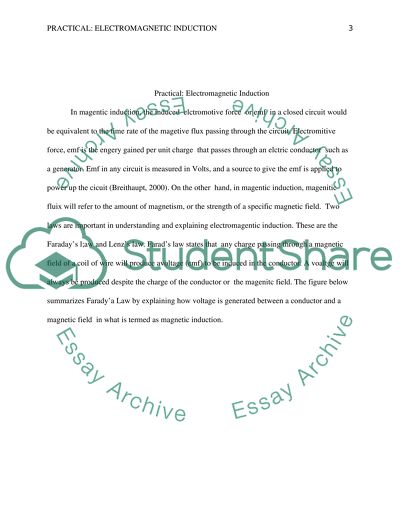Cite this document
(“Electromagnetic induction Assignment Example | Topics and Well Written Essays - 2250 words”, n.d.)
Retrieved from https://studentshare.org/engineering-and-construction/1461089-electromagnetic-induction
Retrieved from https://studentshare.org/engineering-and-construction/1461089-electromagnetic-induction
(Electromagnetic Induction Assignment Example | Topics and Well Written Essays - 2250 Words)
https://studentshare.org/engineering-and-construction/1461089-electromagnetic-induction.
https://studentshare.org/engineering-and-construction/1461089-electromagnetic-induction.
“Electromagnetic Induction Assignment Example | Topics and Well Written Essays - 2250 Words”, n.d. https://studentshare.org/engineering-and-construction/1461089-electromagnetic-induction.


